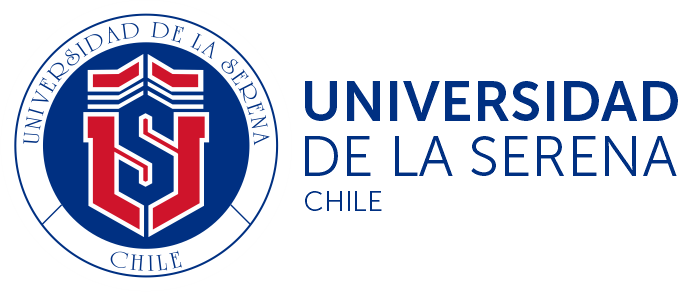- News
Study by ULS researcher on plant-ant mutualism is published in New Phytologist

The mutualistic association between Acacia plants and symbiotic ants of the genus Pseudomyrmex represents a classic example of mutualism, where the plant offers different nutritional resources to the ants, such as extrafloral nectar, nutritional granules, and shelter in the form of spines for nesting. . In exchange for these resources, the ants defend the plant from other insects that eat it (herbivores) either by biting or through aggressive behavior. It was recently shown that Pseudomyrmex ants would also act as a kind of immune system for the host plant, thus protecting Acacia plants from potential infections.
The research, which corresponds to Dr. Marcia González-Teuber, DIULS researcher and Department of Biology at the University of La Serena, together with collaborators, was published in New Phytologist (and in an article in The Economist) and dates back to an old observation made in Macaranga plants, where plants of this species had a greater fungal attack when ants were absent from the plant. Researchers from the University of La Serena and the Max Planck Institute for Chemical Ecology, Germany, wondered if this observation would also be true in the Mesoamerican Acacia-Pseudomyrmex system, and if so, how this phenomenon would occur.
To answer this question, the authors selected 10 plants of the species Acacia hindsii in Oaxaca, Mexico, and manually removed the ants from a randomly selected branch, cutting the thorns and preventing re-colonization using a sticky gel trap placed in the base of the branch. As a control, they cut the thorns on a second branch, but did not remove the ants, allowing them to move freely along the branch.
After six weeks, the authors found 45% infection in the leaves of the experimental branches, compared to only 14% in those leaves on which the ants were able to move freely. Microorganism culture analysis, as well as molecular analyses, indicated that branches without ants were more infected by recognized plant pathogens compared to branches with ants, thus also changing the community of microorganisms on the leaf surface.
The reason for this phenomenon would apparently be related to the legs of the ants. When the authors cut off the ants' legs and washed them with methanol, they found that this extract was able to inhibit the growth of common plant pathogens, as well as pathogens previously isolated from Acacia leaves. When they analyzed the contents of the ants' legs in detail, they found different types of bacteria living associated with the legs, which apparently fulfilled the function of synthesizing antibiotics. Therefore, the ants that would act as hosts for these protective bacteria would protect their host plants from attack by other microorganisms.
